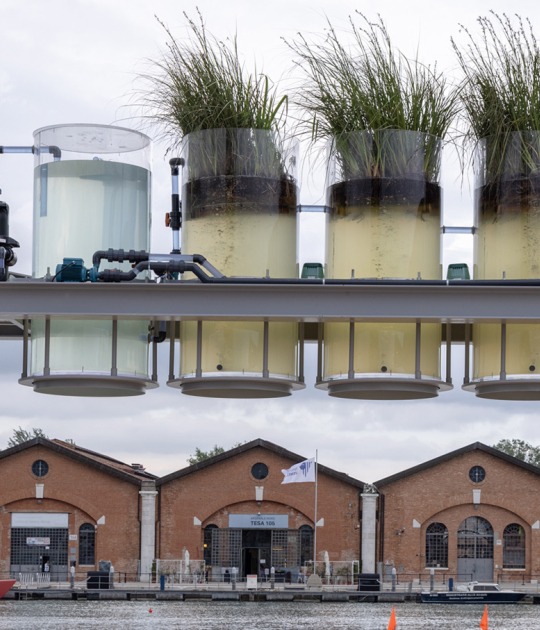Rotterdam's Timmerhuis building, by OMA, unlike its traditional brick-built neighbours buildings, the new 15-storey structure was designed to express its contemporary steel and glass structure. Its form is broken down into cuboidal modules, each measuring 7.2 metres wide, 7.2 metres deep and 3.6 metres high. This gives the pixellated appearance, which helps to break down the the real scale.
The idea develop, according to OMA partner Reinier de Graaf, is not dissimilar with other recent building completed in Rotterdam skyline – De Rotterdam complex, made up of three connected but visually separate towers. However, the difference here was the aim to avoid making a bold intervention, and to instead create a structure that integrates with the existing city fabric.
Description of the project by OMA
For Rotterdam's Timmerhuis, a new building for the city hall that accommodates municipal services, offices, and residential units, OMA conceived a modular building with repeated units gradually set back from the street as they rise into two irregular peaks. The building's composition of smaller cells creates an impressive, complex form when viewed from Coolsingel, one of Rotterdam's main arteries, and allows for subtlety and adaptability as the new building meets the Stadstimmerhuis (a municipal building, from 1953), which surrounds it on two sides.
The Timmerhuis's innovative structural system generates maximum efficiency and versatility both in construction and in program: units can adapt to either office space or residential parameters as desired. Green terraces on higher levels provide the possibility of an apartment with a garden in the heart of urban Rotterdam. On the street level, the structure allows for generous open space, with modules overhanging rather than encroaching into an interstitial area, encouraging an active and open engagement between the Timmerhuis and the city.
The design brief stipulated that the Timmerhuis must be the most sustainable building in the Netherlands. OMA tackled this imperative through the building's core concept of flexibility, and also through the two large atriums, which act like lungs. They are connected to a climate system that stores warmth in summer and cold in winter and releases this energy as warm or cold air as required. The building's triple glazed curtain wall facade uses hi-tech translucent insulation that allows for unprecedented energy efficiency.
Rather than being yet another statement in Rotterdam's crowded history of revisionist planning and cacophony of architectural styles, the ambiguous mass of the Timmerhuis tries to mediate between the existing buildings surrounding it. The axis between the existing town hall and the post office coincides with the axis of symmetry of the Timmerhuis , and the street between these two buildings continues into a passageway to the Haagseveer. The Timmerhuis integrates with the neighbouring Stadtimmerhuis by maintaining the same floor heights, while the plinth height of 20m conforms to the character of the surrounding Laurenskwartier.
Statement by Reinier de Graaf:
Today’s Rotterdam is an ecology of successive architectural convictions over time: the modernism of the post-war reconstruction; the humanism of the seventies; the post-modernism of the eighties; high-rise buildings and the compact city in the nineties and a sort of “free for all” in the new millennium.
Rather than adding yet another grand statement, Timmerhuis attempts a constructive ‘surrender’ to the city’s present state. The building’s formless, seemingly improvised composition acts as an echo of the city’s mood. It creates the possibility of different experiences: from the Coolsingel, viewed between the Town Hall and the Post Office, the building appears nearly symmetrical, monumental even… on the other side, in relation to the existing monument, the same building appears delicate and accommodating.
The cantilevering steel structure allows the uninterrupted unfolding of public space on the ground floor, home to a large public passage and the new location for the Museum Rotterdam.
CREDITS. DATA SHEET.-
Architects.- OMA. Partner.-Reinier de Graaf. Associates.- Alex de Jong, Katrien van Dijk
Team.- Competition.- Mark Veldman (Project Architect). Pascual Bernad de Castro, Vilhelm Christensen, Katrien van Dijk, Jake Sadler Forster, Andrea Giannotti, David Gianotten, Alasdair Graham, Tsuyoshi Nakamoto, Dirk Peters, Mendel Robbers, Alessandro De Santis, Timur Shabaev, Yuri Suzuki, Milos Zivkovic.
Design Development.- Alex de Jong (Associate). Cock Peterse (Project Architect). Philippe Braun, Jorge Campos, Clarisa Garcia-Fresco, Elle Gerdeman, Maaike Hawinkels, Sebastian Janusz, Andrew Linn, Elida Mosquera Martinez, Débora Mateo, Sarah Moylan, Takeshi Murakuni, Ross O'Connell, Vitor Oliveira, Ryan Peeters, Mafalda Rangel, Peter Rieff, Carolien Schippers, Saskia Simon, Tom Tang, Sakine Dicle Uzunyayla, Lucia Zamponi, Grisha Zotov.
Construccion.- Alex de Jong, Katrien van Dijk (Associates). Cock Peterse (Project Architect). Philippe Braun, Elida Mosquera Martinez, Vitor Oliveira, Mafalda Rangel, Peter Rieff, Magdalena Stanescu.
Interior.- Katrien van Dijk, Saskia Simon(Project Architects). Maaike Hawinkels, Sebastian Janusz, Sarah Moylan, Ross O'Connell, Vitor Oliveira, Ryan Peeters, Mafalda Rangel, Deborah Richmond, Magdalena Stanescu, Lucia Zamponi.
Collaborators.- Local architect, cost consultant.- ABT. Process management.- Brinkgroep. Structural engineer.- Pieters Bouwtechniek. MEP engineer.- Deerns Raadgevende ingenieurs. Sustainability, building physics, fire consultant, safety, security, acoustics.- DGMR. Service engineers.- Deerns, Burgers Ergon. Façade.- Scheldebouw, Rollecate.
Interior Contractor.- Keijsers Lundiform.
Contractor.- Heijmans.
Client.- Stadwontwikkeling Rotterdam
Dates.- 2009-2015.
Status.- Completed.




































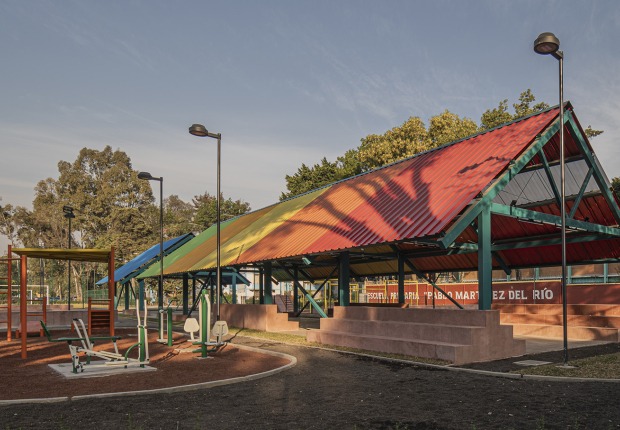
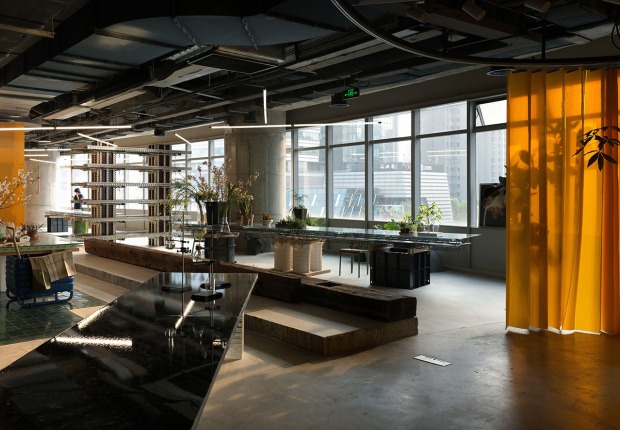
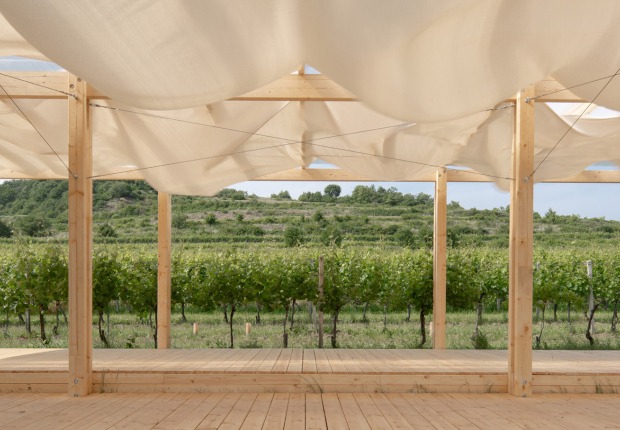

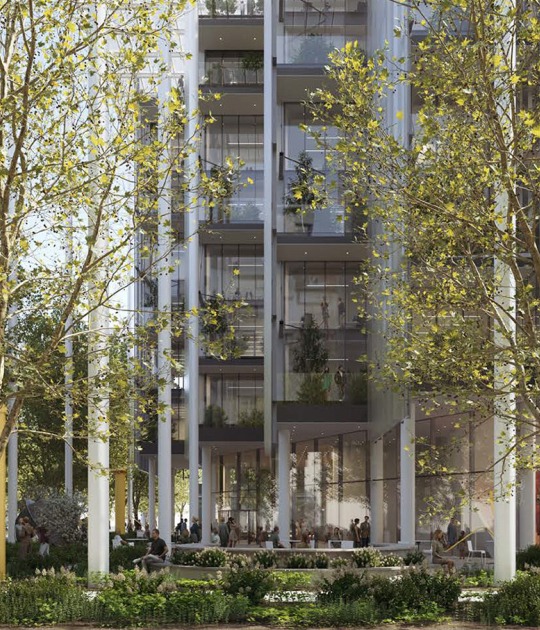

![Friedrich Kiesler, Endless House for Mary Sisler [shattered sketch sheet], New York and Florida, 1961, 21.5 x 33.4 cm, pencil on paper, mounted on cardboard. Courtesy by the Austrian Frederick and Lillian Kiesler Private Foundation, Vienna Friedrich Kiesler, Endless House for Mary Sisler [shattered sketch sheet], New York and Florida, 1961, 21.5 x 33.4 cm, pencil on paper, mounted on cardboard. Courtesy by the Austrian Frederick and Lillian Kiesler Private Foundation, Vienna](/sites/default/files/styles/mopis_home_news_category_slider_desktop/public/2025-05/metalocus_Fundacio%CC%81n-Frederick-Kiesler_03_p.jpg?h=3b4e7bc7&itok=kogQISVW)



